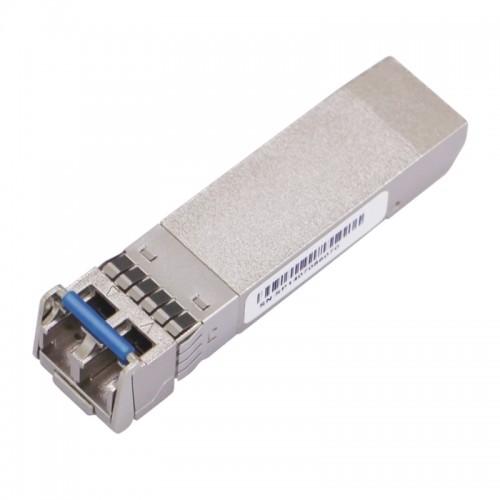- Related articles
- Optical Transceivers for Cisco WS-C3750G-24PS-S Switch
- All Cisco GLC-FE-T-I's information (List price, Specs, Datasheet PDF, Compatibility matrix
- Cozlink Supply The Cisco X2 Transceivers Function And Compatibility
- Difference between GLC-LH-SM and GLC-LH-SMD
- The Things You Need to Know about 1000BASE-X Ethernet Standards
- What Condition is Required to Enable Layer 3 Switching?
- All Cisco CWDM-SFP-1590's information (List price, Specs, Datasheet PDF, Compatibility mat
- The difference between QSFP+ and CSFP
- The Things You Need to Know about 100GBASE-KR4 Ethernet Standards
- How to Identify Fiber Optic Cable?

In the field of optical communications, there are many devices with similar functions. For example, optical modules and fiber media converter are equipment for photoelectric conversion, and sometimes they have different names. Optical module is also known as optoelectronic module while fiber media converter is called photoelectric converter. Can you distinguish the differences between them?
Definition and function of fiber media converter
Fiber media converter is the equipment that makes conversion between short-distance electrical signals and long-distance optical signal, generally used in long-distance transmission. It transmits through the fiber, and converts the electrical signal into optical signals, at the same time, and converts the received optical signal into electrical signals. Fiber media converter is a cost-effective solution, which can complete network upgrade without a lot of manpower, material and time.

The role of optical module

The role of the optical module is also the conversion between the photoelectric signals, mainly used for the carrier between the switch and the device. The sender end converts an electrical signal into optical signals, and after the optical fiber transmission, the receiver then converts the optical signal into electrical signals. With the same principle as fiber media converter, the optical module is more efficient and secure compared to the fiber media converter.
What equipment is the optical module used on?
Simply, as for the using scope of the optical module, the optical module will be used if there is a need to use. Commonly used optical module equipment and the types of optical module are:
1. Optical transceiver: video optical transceiver generally uses 1 * 9 single-mode optical module, and some high-definition optical transceivers will also use SFP optical module.
2. Fiber media converter using 1 * 9 optical module.
3. Switch: using SFP and XFP optical modules.
4. Fiber network card: using 1 * 9, SFP, SFP plus optical modules.
5. Fiber high-speed dome: using SFP optical module.
6. Base station: using SFP, XFP optical modules
7. Repeater: using SFP optical module.
What are the differences between optical modules and fiber media converter?
1. Optical modules are accessories, generally used only in the switch and the equipment with optical module slot; fiber media converters can be used alone.
2. Optical modules support hot plug with flexible configuration; fiber media converters have fixed specifications with difficult replacement and upgrade.
3. Optical modules supply power through the matching equipment; fiber media converters have a separate power supply.
What we need to pay attention to in the use of optical modules and fiber media converters?
The optical module is a functional module, cannot be used alone. In the fiber network structure design, we often use fiber media converters and optical modules together. Here we look at what we need to pay attention to in the use of optical modules and fiber media converters?
1. Wavelength and transmission distance must be consistent, such as the 1310nm or 850nm wavelength adopted, and transmission distance of 10KM.
2. Pay attention to the selection of fiber jumper pigtail interface, generally, fiber media converter should use SC interface, while optical module should use LC interface.
3. fiber media converters and optical modules must be at the same rate, such as Gigabit transceiver corresponding to 1.25G optical module, 100 megahertz to 100 megahertz, and Gigabit to Gigabit.
4. Optical module type needs to use the same type, with single fiber to the single fiber, and double fiber to the double fiber.





















































